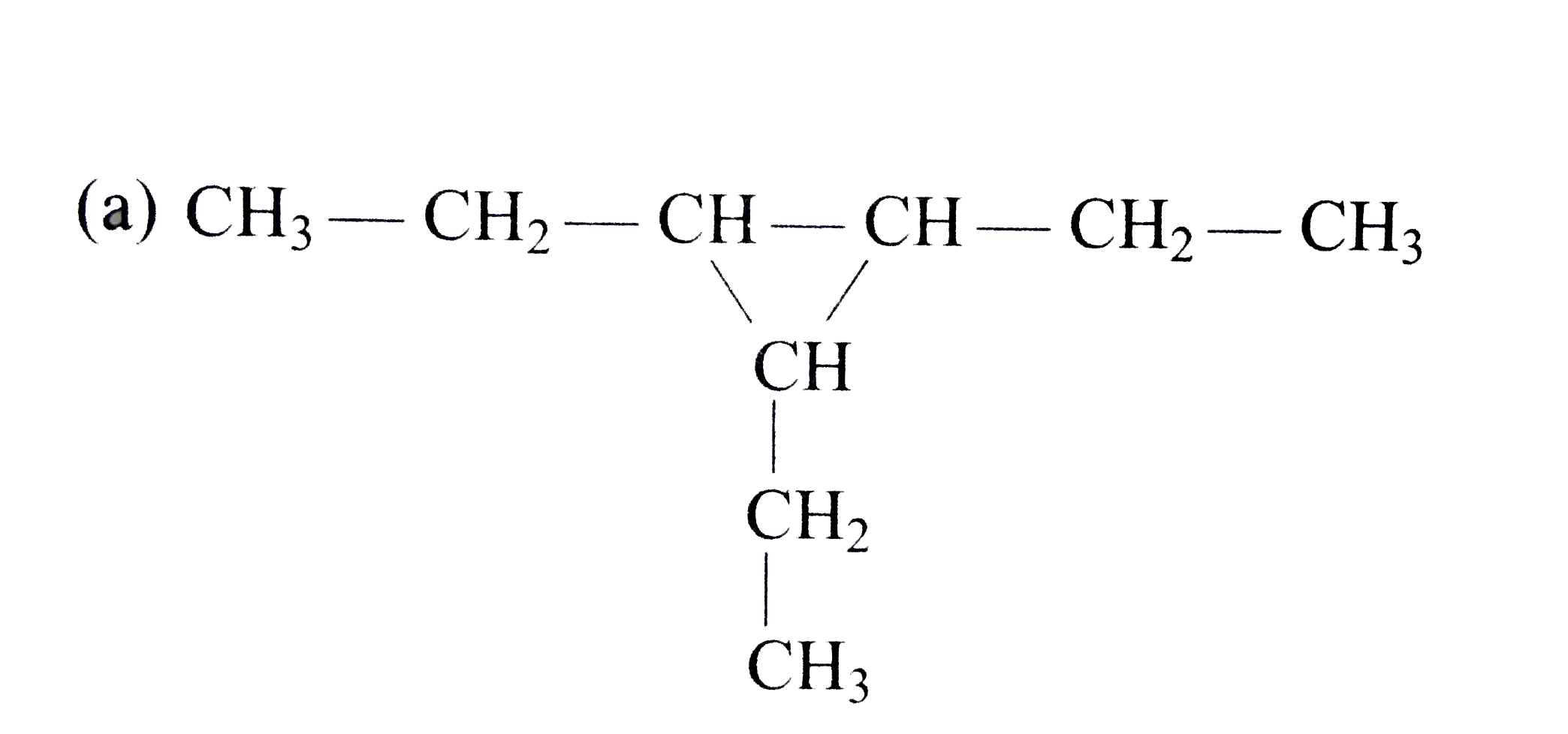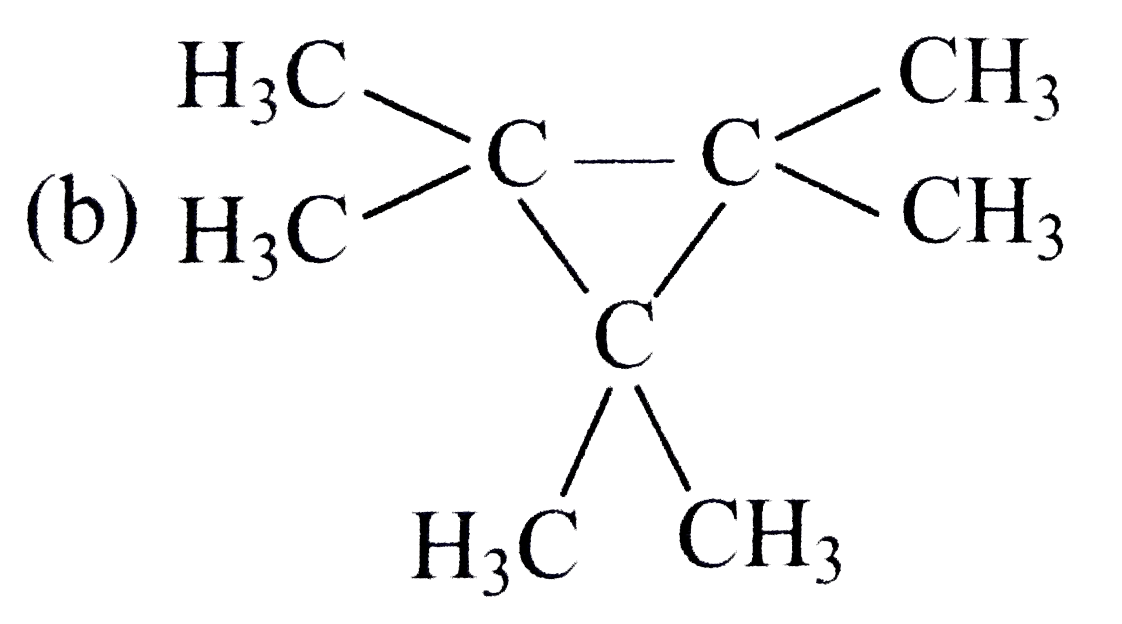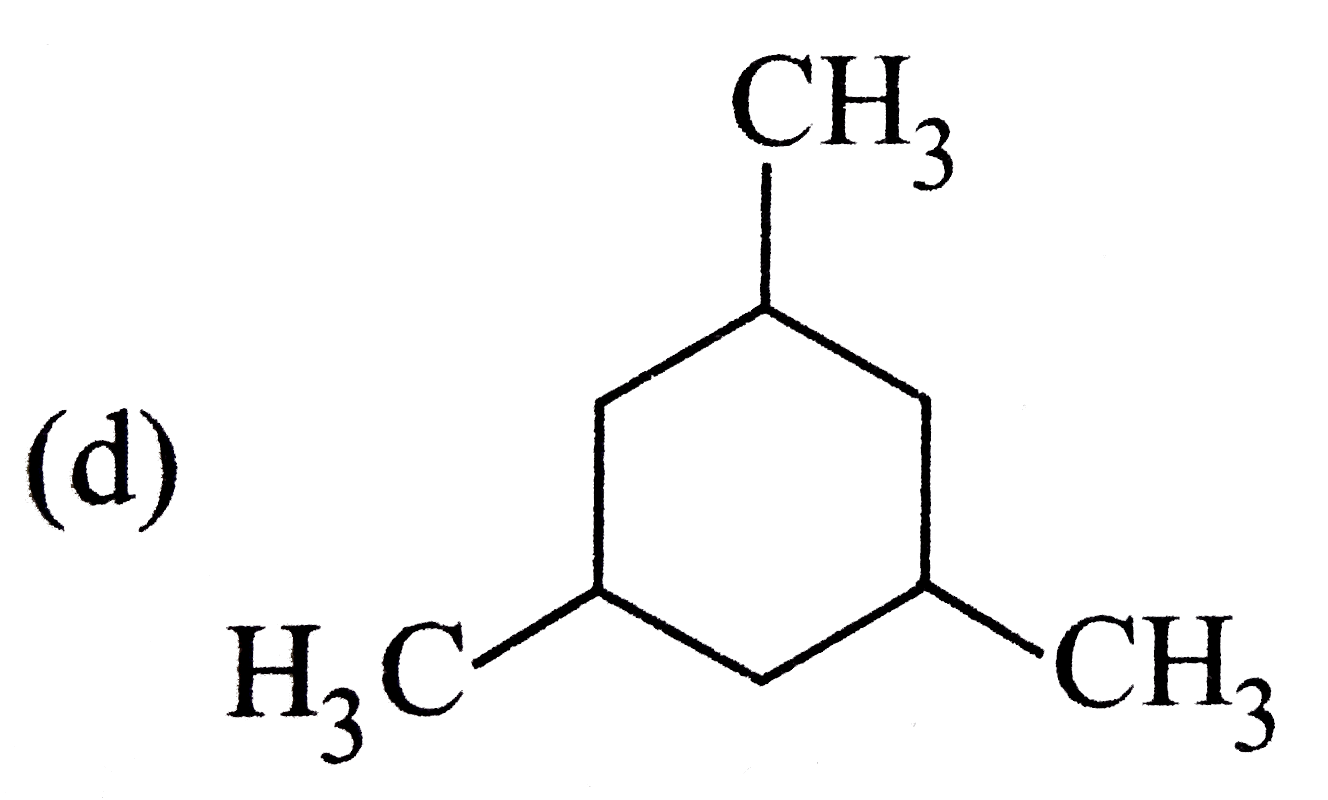For molecular formula C4H9NO how may amide will be there which will not form H --bon ? (only structural )
To solve the problem of how many amides can be formed from the molecular formula C₄H₉NO that do not form hydrogen bonds, we can follow these steps:
Step 1: Understand Amides
Amides are compounds that contain a carbonyl group (C=O) directly attached to a nitrogen atom (N). The general structure of an amide is R-C(=O)-N-H₂, where R can be a hydrogen or an alkyl group.
Step 2: Identify Degrees of Amides
Amides can be classified based on the number of hydrogen atoms attached to the nitrogen:
- Primary Amide (1°): R-C(=O)-NH₂ (1 hydrogen attached to N)
- Secondary Amide (2°): R-C(=O)-NHR' (1 hydrogen and 1 alkyl group attached to N)
- Tertiary Amide (3°): R-C(=O)-NR'R'' (no hydrogen attached to N, only alkyl groups)
Step 3: Analyze the Given Molecular Formula
The molecular formula C₄H₉NO indicates that we have:
- 4 carbon atoms
- 9 hydrogen atoms
- 1 nitrogen atom
- 1 oxygen atom
Step 4: Determine Possible Amides
To form amides from C₄H₉NO, we need to ensure that the nitrogen can either have hydrogen atoms or be fully substituted with alkyl groups.
1. Primary Amide: C₃H₇CONH₂ (e.g., CH₃CH₂CH₂C(=O)NH₂)
2. Secondary Amide: C₂H₅C(=O)N(CH₃)H (e.g., CH₃C(=O)N(CH₃)CH₂CH₃)
3. Tertiary Amide: C(=O)N(CH₃)₂ (e.g., CH₃C(=O)N(CH₂CH₃)₂)
Step 5: Identify Tertiary Amides
Since the question specifically asks for amides that do not form hydrogen bonds, we focus on tertiary amides. Tertiary amides do not have any acidic hydrogen (H) attached to nitrogen, which is necessary for hydrogen bonding.
1. Tertiary Amide 1: R-C(=O)-N(CH₃)₂ (where R is an alkyl group)
2. Tertiary Amide 2: R-C(=O)-N(CH₂CH₃)₂ (where R is another alkyl group)
Step 6: Conclusion
From the analysis, we can conclude that there are 2 tertiary amides that can be formed from the molecular formula C₄H₉NO, and these do not form hydrogen bonds due to the absence of acidic hydrogen on the nitrogen atom.
Final Answer
There are 2 amides that do not form hydrogen bonds.
Amides are compounds that contain a carbonyl group (C=O) directly attached to a nitrogen atom (N). The general structure of an amide is R-C(=O)-N-H₂, where R can be a hydrogen or an alkyl group.
Amides can be classified based on the number of hydrogen atoms attached to the nitrogen:
- Primary Amide (1°): R-C(=O)-NH₂ (1 hydrogen attached to N)
- Secondary Amide (2°): R-C(=O)-NHR' (1 hydrogen and 1 alkyl group attached to N)
- Tertiary Amide (3°): R-C(=O)-NR'R'' (no hydrogen attached to N, only alkyl groups)
The molecular formula C₄H₉NO indicates that we have:
- 4 carbon atoms
- 9 hydrogen atoms
- 1 nitrogen atom
- 1 oxygen atom
To form amides from C₄H₉NO, we need to ensure that the nitrogen can either have hydrogen atoms or be fully substituted with alkyl groups.
2. Secondary Amide: C₂H₅C(=O)N(CH₃)H (e.g., CH₃C(=O)N(CH₃)CH₂CH₃)
3. Tertiary Amide: C(=O)N(CH₃)₂ (e.g., CH₃C(=O)N(CH₂CH₃)₂)
Since the question specifically asks for amides that do not form hydrogen bonds, we focus on tertiary amides. Tertiary amides do not have any acidic hydrogen (H) attached to nitrogen, which is necessary for hydrogen bonding.
2. Tertiary Amide 2: R-C(=O)-N(CH₂CH₃)₂ (where R is another alkyl group)
From the analysis, we can conclude that there are 2 tertiary amides that can be formed from the molecular formula C₄H₉NO, and these do not form hydrogen bonds due to the absence of acidic hydrogen on the nitrogen atom.
There are 2 amides that do not form hydrogen bonds.
Topper's Solved these Questions
- ISOMERISMBOOK - MOTIONCHAPTER - ISOMERISMEXERCISE - Exercise 1
51 Videos
- ISOMERISMBOOK - MOTIONCHAPTER - ISOMERISMEXERCISE - Exercise 2
50 Videos
- IONIC EQUILIBRUIMBOOK - MOTIONCHAPTER - IONIC EQUILIBRUIMEXERCISE - Exercise -4 (Level -II)
14 Videos
- LIQUID SOLUTIONBOOK - MOTIONCHAPTER - LIQUID SOLUTIONEXERCISE - EXERCISE-4 (Level-II) PREVIOUS YEAR JEE ADVANCED
19 Videos
Similar Questions
Knowledge Check
How many 1∘ amines are possible with molecular formula C4H11N (only structural isomers)
A3B4C5D6Which alcohol of molecular formula C4H9OH cannot be obtained by the reduction of carbonyl compound?
A2-methyl propan-1-olB2-methyl propan-2-olCbutanolDbutane-2-olAn organic compound has molecular formula C9H18. It is a saturated hydrocarbon and its all hydrogen atoms are identical. Its structural formula can be :
A B
B C
C D
D
An alkyl halide with molecular formula C4H9Br is optically active. What is its structure ?
View SolutionHow many monochloro deriwative will be of C4H10 (only structural )
View SolutionHow many alkyl groups having the molecular formula C4H9- are possible?
View SolutionOf the possible structure of the molecular formula C5H11Br how many are opticllay active ?
View SolutionHow many amines are possible with the molecular formula C4H11N (structural isomers only) :-
View Solution
